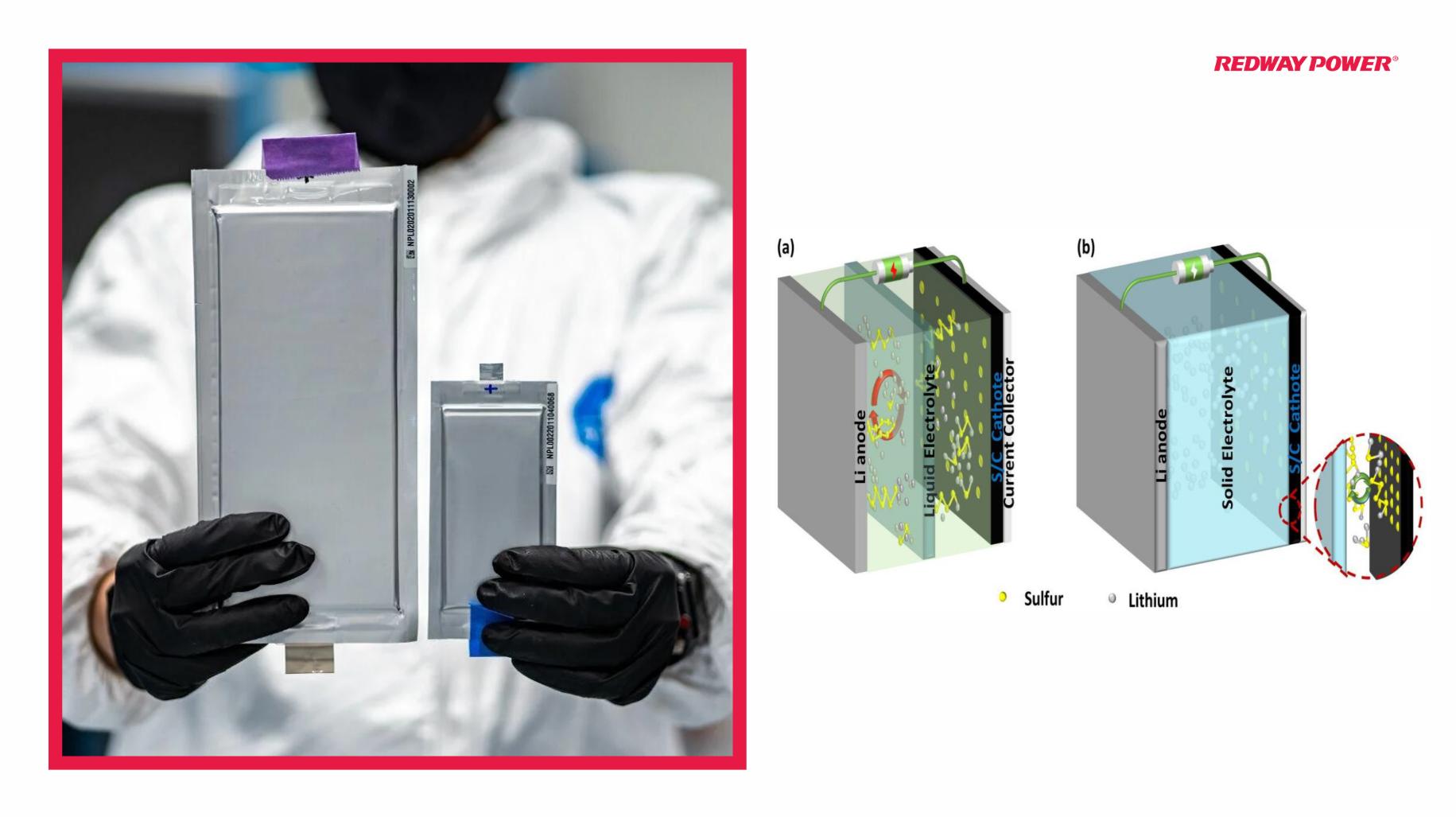Solid-state lithium batteries offer enhanced performance through improved energy density and safety features compared to traditional liquid electrolyte designs. Their solid electrolyte minimizes risks associated with leaks or thermal runaway.
The development of solid-state lithium batteries (SSLBs) marks a significant leap forward in energy storage technology, promising safer, more efficient, and longer-lasting power solutions compared to traditional lithium-ion batteries. In this comprehensive analysis, we delve into the mechanisms, materials, and innovations driving the advancement of SSLBs, highlighting key research findings and potential future directions.
Key Materials in Solid-State Lithium Batteries
Sulfide Solid Electrolytes
Sulfide-based electrolytes, such as Li10GeP2S12 and Li6PS5Cl, are known for their high ionic conductivity and compatibility with lithium metal anodes. These materials facilitate the rapid transport of lithium ions, essential for high-power applications and fast charging capabilities.
Wholesale lithium golf cart batteries with 10-year life? Check here.
Oxide Solid Electrolytes
Oxide electrolytes, including Li7La3Zr2O12 (LLZO), offer excellent chemical stability and high electrochemical performance. However, their relatively lower ionic conductivity compared to sulfides poses a challenge that ongoing research aims to address through structural modifications and doping strategies.
Composite Cathodes
The integration of active materials, such as Ni-rich layered oxides, with solid electrolytes forms composite cathodes that enhance electronic and ionic conductivity. Research by Park et al. (2010) and Strauss et al. (2018) has demonstrated the impact of particle size and microstructure on the performance of these composites.
Want OEM lithium forklift batteries at wholesale prices? Check here.
Enhancing Electrochemical Performance
Conductive Polymer Coatings
Encapsulating cathode materials with conductive polymers, as explored by Cao et al. (2018), can significantly improve the electrochemical performance of SSLBs. These coatings facilitate better ionic and electronic contact, leading to enhanced capacity and cycle life.
Interface Engineering
Modifying the interfaces between different components within SSLBs is crucial for minimizing resistance and preventing degradation. Ohta et al. (2006) demonstrated that nanoscale interfacial modifications could enhance the high-rate capability of solid-state lithium batteries.
Anion Doping
Recent studies, such as those by Leube et al. (2021), have shown that anion doping can activate additional redox reactions, increasing the overall capacity and stability of the batteries. This approach is particularly effective in materials with a d0 transition metal chalcogenide structure.
Addressing Degradation Mechanisms
Cathode-Electrolyte Interface
The interaction between the cathode and electrolyte significantly influences the longevity and performance of SSLBs. Zhang et al. (2018) investigated the degradation mechanisms at the Li10GeP2S12/LiCoO2 interface, highlighting the importance of stable interfacial chemistry.
Mechanical Stability
Ensuring mechanical integrity is vital for the reliable operation of SSLBs. Research by Kondrakov et al. (2017) has shown that anisotropic lattice strain can lead to mechanical degradation in high-nickel NCM cathodes. Addressing these issues through material design and structural engineering is a key focus area.
Electrochemical and Electrochemo-Mechanical Effects
The electrochemical performance of SSLBs is closely linked to the electrochemo-mechanical effects within the materials. Liu et al. (2021) explored these effects in Ni-rich cathodes, emphasizing the need for optimized microstructures to maintain structural integrity during cycling.
Innovations in Solid-State Lithium Battery Design
All-in-One Conducting Frameworks
Li et al. (2022) proposed an all-in-one ionic-electronic dual-carrier conducting framework that enhances the thickness and uniformity of solid-state electrodes. This design aims to achieve higher energy densities and improved cycle life.
Single Material Batteries
A novel concept introduced by Han et al. (2015) involves creating batteries from a single material that can conduct both ions and electrons. This approach simplifies the manufacturing process and potentially reduces costs while maintaining high performance.
High-Areal-Capacity Electrodes
Ma et al. (2023) developed high-areal-capacity electrodes using freeze-drying technology, resulting in long-cycle-life SSLBs. This technique enhances the electrode’s structural stability and increases its capacity.
Future Directions and Challenges
Scaling Up Production
One of the main challenges in the commercialization of SSLBs is scaling up the production processes to meet industrial demands. Ensuring consistency, quality, and cost-effectiveness in large-scale manufacturing remains a significant hurdle.
Improving Ionic Conductivity
While sulfide electrolytes offer high ionic conductivity, further improvements are needed to meet the requirements of next-generation SSLBs. Research into new materials and doping strategies continues to be a priority.
Enhancing Safety and Stability
Safety concerns related to lithium dendrite formation and electrolyte stability must be addressed to fully realize the potential of SSLBs. Advanced materials and innovative engineering solutions are essential to mitigate these risks.
Integrating with Renewable Energy Systems
As the demand for renewable energy storage grows, SSLBs must be designed to efficiently integrate with solar, wind, and other renewable energy sources. This requires advancements in energy density, cycle life, and overall system compatibility.
Conclusion
The ongoing research and development in solid-state lithium batteries promise to revolutionize the energy storage landscape. By addressing the challenges of material stability, ionic conductivity, and interface engineering, SSLBs have the potential to surpass the performance of conventional lithium-ion batteries, offering safer, more efficient, and longer-lasting energy solutions. The future of SSLBs looks promising, with continued innovations paving the way for their widespread adoption in various applications.
Solid State Lithium Battery






